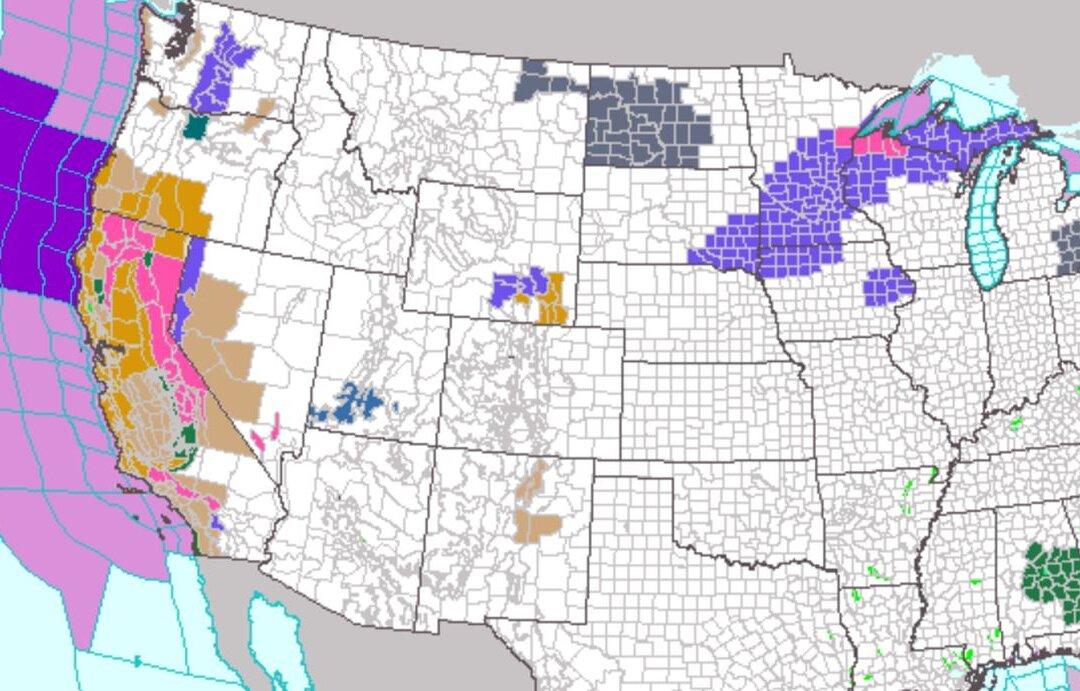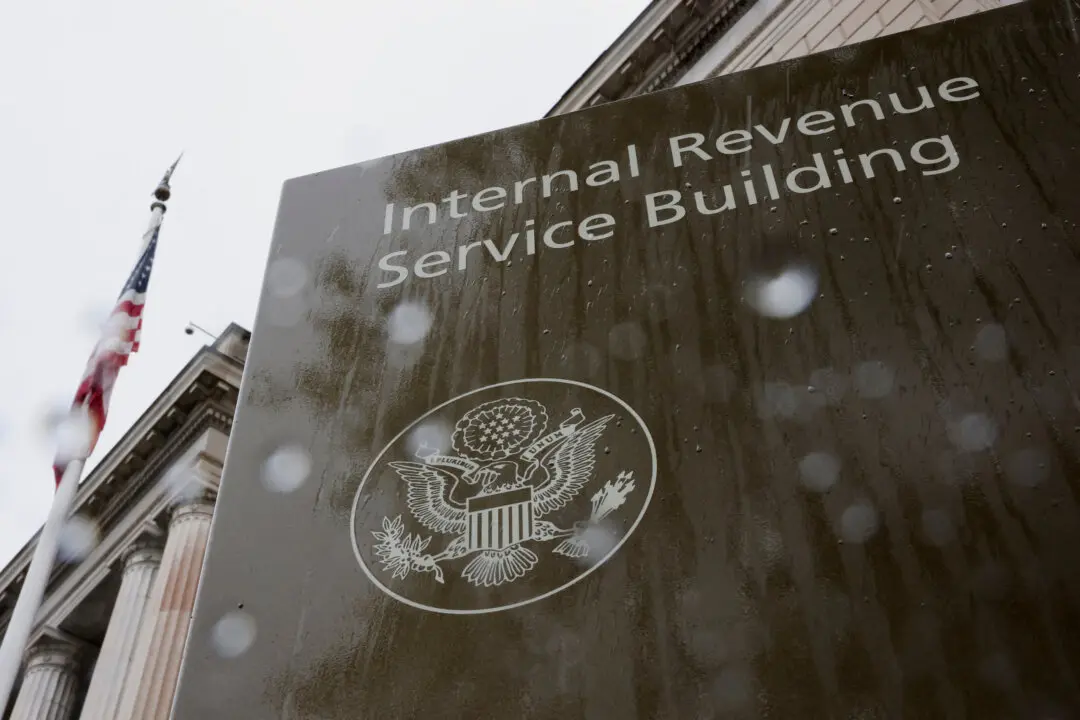The National Weather Service on Jan. 4 warned that a “major storm” and “atmospheric river” will hit California on Wednesday and Thursday, bringing heavy rainfall and flooding.
Impacts include river floods, debris flows, and mudslides near “recent burn scar areas,” the agency said on its website. The storm will also produce heavy snow in the Sierra Nevada mountains.





